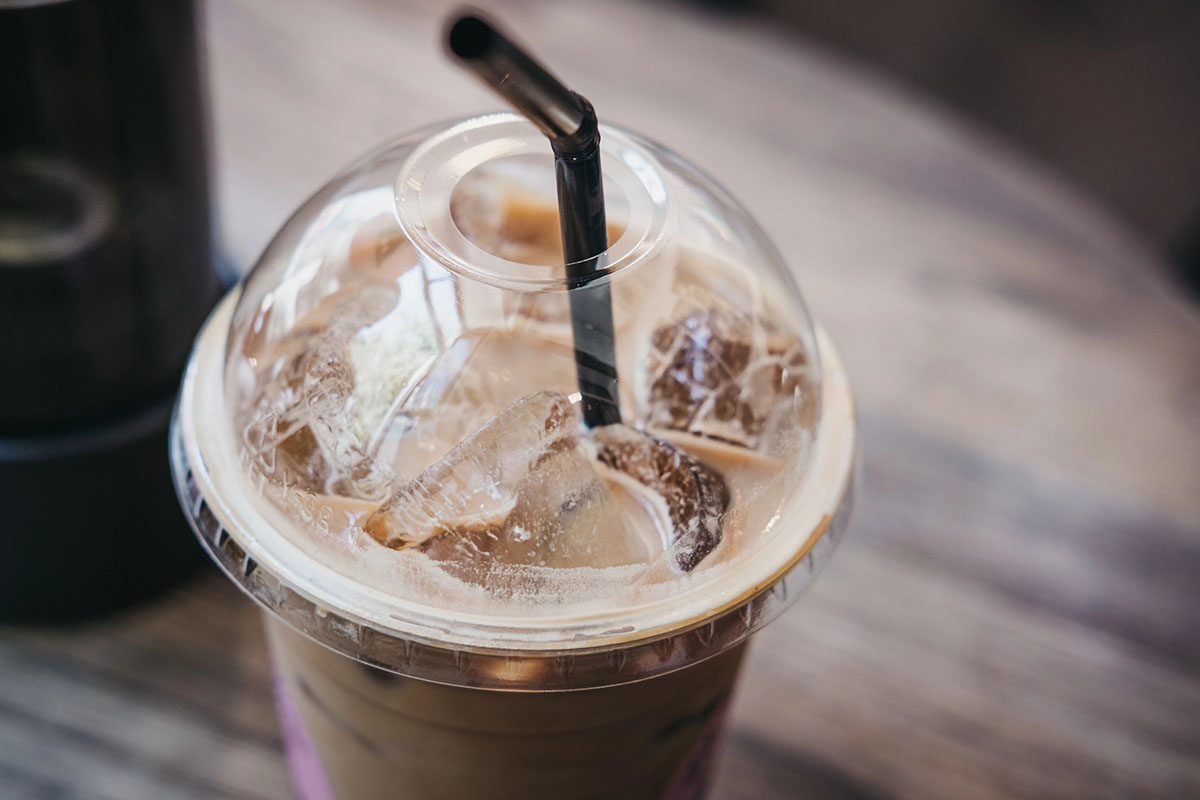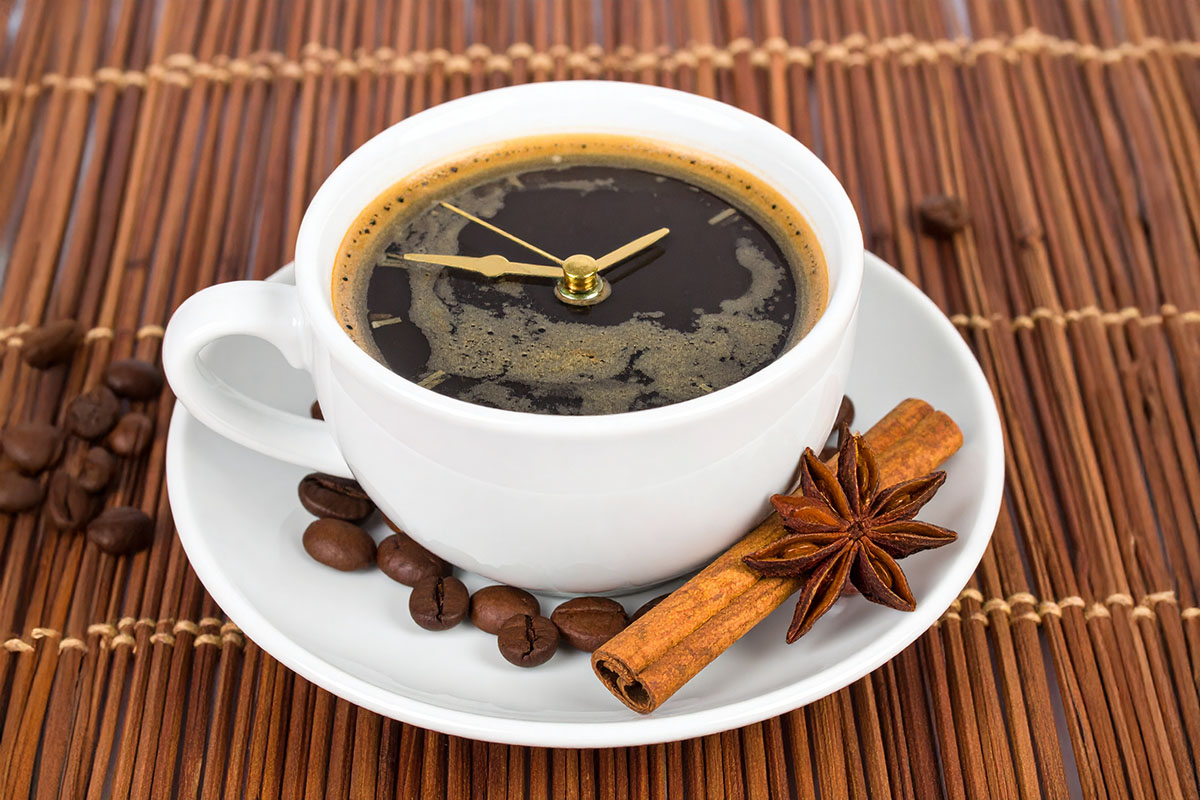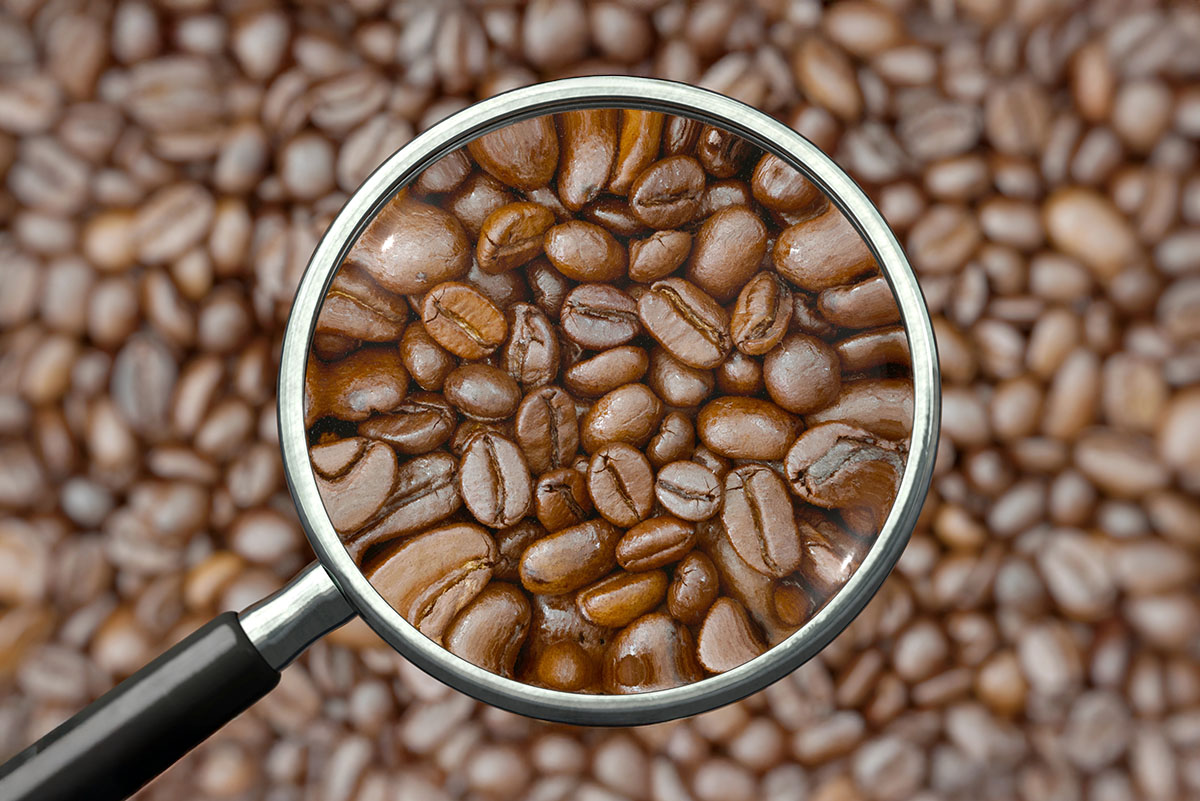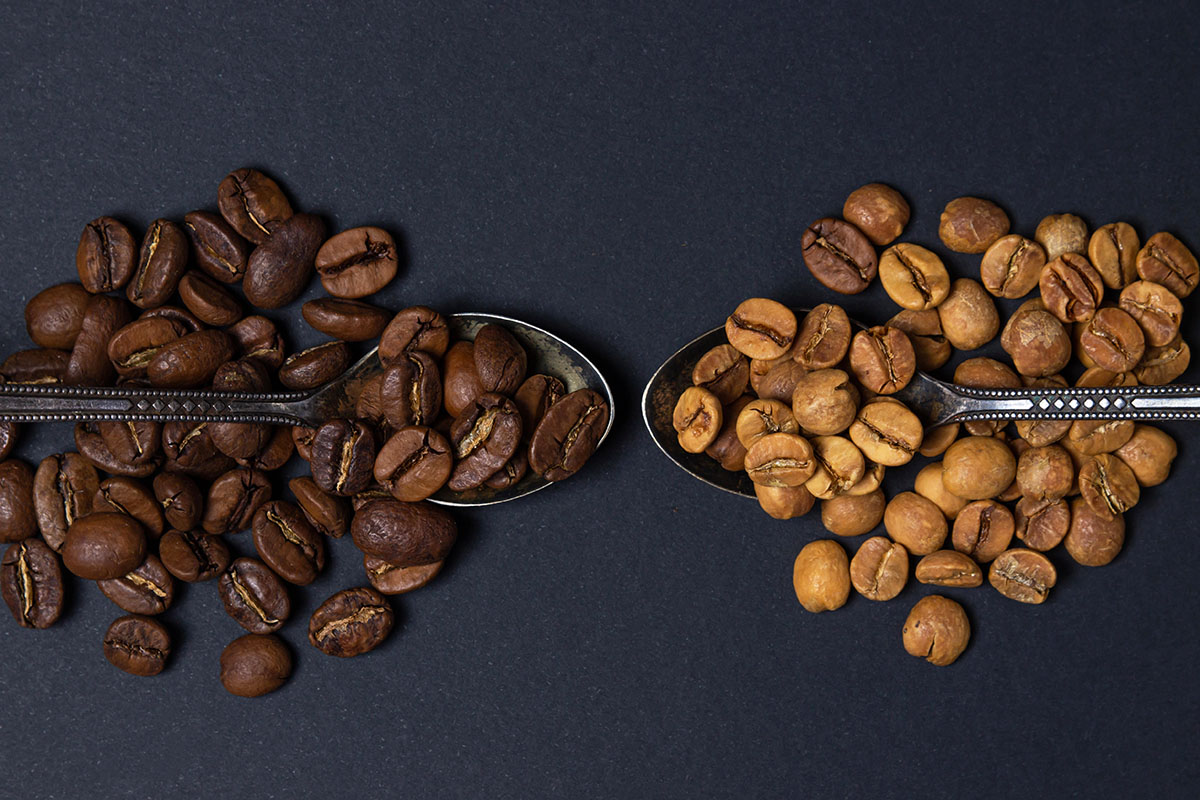Walk into any serious coffee shop, and you’ll hear it: the rhythmic whir and gentle grinding sound that signals fresh coffee is about to be brewed. That sound comes from the grinder, a piece of equipment that often gets overlooked in the rush to talk about beans, brewing methods, and latte art.
But here’s the truth that every professional barista knows: your grinder is just as important as the quality of your beans. You can source the most expensive, perfectly roasted, single origin coffee in the world, but if you grind it incorrectly, you’re throwing away all of that potential. The grinder is the gatekeeper between the whole bean and the perfect cup.
Whether you’re setting up a home coffee station or outfitting a professional cafe, understanding how to choose the right grinder and how to keep it performing at its best is absolutely essential. This is your guide to decoding the grinder.
Understanding the Two Main Types
The first and most important decision you’ll make is choosing between the two fundamental types of coffee grinders. They operate on completely different principles, and the results are night and day.
The Blade Grinder: The Budget Option
A blade grinder works exactly like a blender. It has a spinning blade at the bottom that chops the beans into smaller pieces. These are inexpensive and easy to find, but they have a critical flaw: inconsistency. Because the blade just chops randomly, you end up with a mix of fine powder and large chunks. This uneven grind leads to uneven extraction when you brew, resulting in a cup that is both bitter and weak at the same time.
For anyone serious about their coffee, a blade grinder is a hard pass. It might be fine for grinding spices, but it’s not the right tool for coffee.
The Burr Grinder: The Professional Standard
A burr grinder uses two revolving abrasive surfaces, called burrs, to crush the beans into a uniform size. This is the key to a great cup of coffee. With a consistent grind, the water can extract the flavors evenly, giving you a balanced, delicious brew every single time.
Burr grinders come in two sub types. Flat burr grinders have two parallel, ring-shaped burrs. They are known for producing an incredibly uniform grind and are the go-to choice for espresso. Conical burr grinders have a cone shaped burr that sits inside a larger, ring-shaped burr. These tend to be quieter and are often more affordable, making them a popular choice for home use and drip coffee.
The bottom line is simple: if you want consistently great coffee, you need a burr grinder.
Choosing the Right Grinder for Your Needs
Once you’ve committed to a burr grinder, the next question is finding the right one for your specific situation. The best grinder for a home kitchen is not the same as the best grinder for a busy cafe.
For the Home Enthusiast:
If you’re brewing coffee at home for yourself or a small household, you’ll want a grinder that is reliable, relatively quiet, and easy to use. A good quality conical burr grinder with multiple grind settings is perfect. Look for one with a hopper that can hold enough beans for a few days but not so much that they go stale. The grind settings should allow you to easily switch between a coarse grind for French press and a finer grind for drip coffee or pour over.
For the Professional Cafe:
In a commercial setting, speed, consistency, and durability are paramount. You need a grinder that can handle high volume without overheating or wearing out. Commercial grade flat burr grinders are the industry standard. They offer precise grind adjustments, often down to fractions of a millimeter, which is critical for dialing in the perfect espresso shot. These grinders are built like tanks and are designed to run all day, every day.
Keeping Your Grinder in Peak Condition
Even the best grinder in the world will perform poorly if it’s not properly maintained. Coffee beans contain natural oils, and over time, these oils build up inside the grinder, creating a residue that can affect the flavor of your coffee and eventually clog the machine. Regular cleaning is not optional; it’s essential.
Daily Maintenance:
At the end of each day, or after heavy use, you should purge your grinder. This means running a small amount of beans through it and discarding them to clear out any old grounds that might be stuck in the burrs or the chute. For a busy cafe, this might be done multiple times throughout the day.
Weekly Deep Clean:
Once a week, take the time to disassemble the grinder according to the manufacturer’s instructions. Use a stiff brush to carefully clean the burrs, removing all the built up coffee oils and fine particles. A small, dedicated grinder cleaning brush or even a clean, dry paintbrush works perfectly. Never use water on the burrs unless the manufacturer specifically says it’s safe, as this can cause rust.
Monthly Check:
Once a month, inspect the burrs for wear. Burrs are not permanent. Over time, they become dull and need to be replaced. The lifespan of burrs depends on usage, but for a home grinder, they might last several years. In a high volume commercial setting, they may need to be replaced annually. Dull burrs will produce an inconsistent grind and can make your grinder work harder, leading to overheating.
The Grinder Cleaning Tablets:
For a truly deep clean, consider using grinder cleaning tablets. These are specifically designed to absorb and remove the oils and residue that a brush can’t reach. You run them through the grinder just like coffee beans, and they leave the internal mechanisms clean and fresh.
Your coffee grinder is the unsung hero of your morning ritual or your cafe’s success. By choosing the right type of grinder for your needs and committing to a simple, consistent maintenance routine, you ensure that every cup you brew is as good as it can possibly be.
The Foundation of Great Coffee
At Mochas our baristas spend a lot of time dialing in the grind for each coffee we serve. It’s a process of constant adjustment, a small but critical detail that makes all the difference in the final cup. Your grinder is your connection to that process at home.
Investing in a quality burr grinder and taking a few minutes each week to care for it will transform your daily coffee ritual. It’s the step that takes you from simply making coffee to truly crafting it.
FAQs
How often should I replace the burrs in my grinder?
The lifespan of burrs depends entirely on usage. For a home grinder used once or twice a day, burrs can last several years, often 500 to 1000 pounds of coffee. For a commercial grinder in a busy cafe grinding hundreds of shots per day, burrs may need to be replaced every year or even more frequently. The key sign that burrs need replacing is a noticeable decline in grind consistency.
Can I use the same grinder for both espresso and drip coffee?
Technically yes, but it’s not ideal, especially in a commercial setting. Espresso requires a very fine, precise grind, while drip coffee needs a medium grind. Constantly adjusting your grinder back and forth can be time consuming and can lead to wasted coffee as you dial in the grind each time. Many serious home users and all professional cafes have a dedicated grinder for espresso and a separate one for drip and pour over.
What does “grind retention” mean, and why does it matter?
Grind retention refers to the small amount of ground coffee that gets stuck inside the grinder after you finish grinding. This coffee can go stale and mix with the fresh grounds the next time you use the grinder. High retention can be a problem for single dose brewing where you want the absolute freshest grind. Low retention grinders are designed to minimize this, ensuring you get the exact amount of fresh coffee you put in.
Is it okay to grind flavored coffee beans in my grinder?
If you grind flavored coffee in your grinder, the oils and artificial flavorings will coat the burrs and affect the taste of every batch of regular coffee you grind afterward. If you enjoy flavored coffee, it’s best to have a separate, inexpensive grinder dedicated solely to those beans to avoid contaminating your main grinder.
My grinder is making a loud, unusual noise. What should I do?
A loud or unusual noise often means something is stuck in the burrs, like a small stone that was accidentally mixed in with the beans, or it could indicate that the burrs are severely worn or misaligned. Stop using the grinder immediately, unplug it, and carefully inspect the burrs. If you can’t identify the problem, it’s best to consult the manufacturer or take it to a professional for repair.












